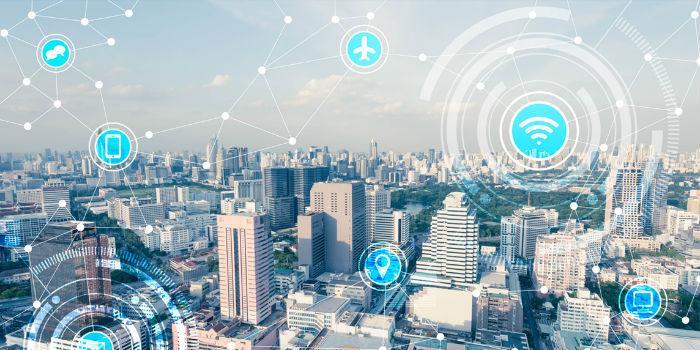 Mexico. Using technology to improve the quality of life of the population is one of the key points of Smart Cities that seek to accelerate development without neglecting sustainability.
Mexico. Using technology to improve the quality of life of the population is one of the key points of Smart Cities that seek to accelerate development without neglecting sustainability.
Comstor, a SYNNEX Corporation company that operates in North and Latin America and focuses on security, collaboration, networking and data center, explains what Smart Cities are.
Smart Cities are those that use technology to generate efficiency in urban operations, in such a way that they maintain their economic development while improving the quality of life of the population. They are automated and more sustainable cities.
The Technical University of Vienna, in Austria, developed the European Smart City Model, which can serve as a guide for localities that want to implement an initiative.
In this model, 6 key areas for the development of actions are prioritized:
- Economy
- Mobility
- People
- Government
- Environment
- Quality of life
All these together provide the adjustment of current cities in relaxed environments, using technologies in favor of the population and improvements in the quality of life. In addition to sustainability issues, there are also discussions on reducing public spending and transparency in relation to government and citizens.
Success stories in the world
Songdo, in South Korea, is one of the Smart Cities that are a world reference from the point of view of urban planning. Built around an airport, its population is estimated at 250 thousand inhabitants by 2020.
Among the technologies implemented are: the reprogramming of traffic lights automatically in case there is traffic intensity on certain roads. Traffic density is controlled by underground sensors. In the city there is also an innovative system to collect garbage, automatic system, which practically eliminates the need for its collection.
Waste management is also outstanding in Barcelona, Spain, where crews are distributed throughout the city and collect bags every hour, 7 days a week.
All boats are connected to a gigantic system of pipes buried at least 5 meters to the surface. This is a large garbage vacuum cleaner. The bags travel at 70 km / h through the pipeline, reaching the final destination which is a collection center.
In this center the bags are deposited in containers, which after being filled, are transported to a sorting plant. Plastic, metal and paper are recycled and organic waste is transformed into fuel to move turbines that generate electricity. At least 160 collection trucks stopped circulating in the city daily. A highly sustainable system, which encompasses the entire waste production chain.
In Copenhagen, the capital of Denmark, the technology is used especially to reduce carbon emissions, consequently reducing the use of fossil fuels.
One of the ways out is to work on the infrastructure of bike paths, encouraging the population to use bicycles instead of cars. According to local urban planners, if a person manages to travel 8 kilometers by bicycle on a route that needs to travel 30 kilometers, it already contributes considerably to the reduction of traffic intensity and pollution.
Therefore, in addition to the bike paths, bicycle parking, rental and return premises are necessary, as well as public transport devices such as trains, buses and subways that are capable of transporting them.
The cycling routes have exclusive traffic lights controlled from the Onda Verde system, in which cyclists pedaling on average of 20 km / h will take all open signs. Rental bikes are equipped with GPS and sensors that inform about air quality and users, thus receiving information about congestion in real time.
The result is that 55% of the population uses bicycles to commute to work, reducing carbon emissions by 21% in the last 12 years.
In a global study published by Aruba called "Internet of Things: Today and Tomorrow," the statements point out that 71% of cities that invested in IoT in the management of urban services saw cost reductions. Among the cities observed, 70% say that technology offers better visibility for management processes, facilitating investments to be made until reaching the goal of smart cities.


























Leave your comment